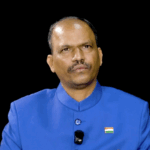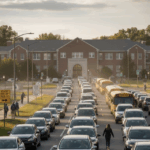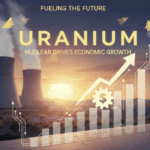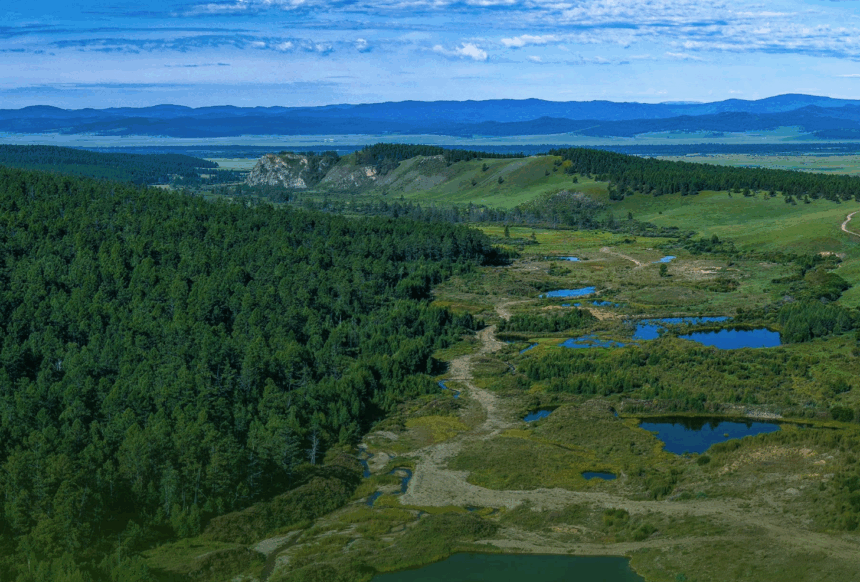Throughout history, Mongolians have revered and protected Mother Nature as the “source of life.” However, today, we rely on extracting mineral resources such as gold, coal, and copper to survive. The cars we drive, the apartments we live in, and the high-rise buildings that adorn our cities were all built with money from mining. At present, Mongolians have no other choice. Due to a lack of capital, we depend on foreign investment to exploit our mineral resources and earn foreign currency.
Over the past thirty years, the Government has implemented the “Gold Program” twice. Although nearly 20 tons of gold have been exploited annually, Mongolia has yet to develop new products or services to replace mineral exports. Everyone talks about the need to diversify the economy using the revenue earned from natural resources, yet little success has been achieved. In the foreseeable future, we remain dependent on mining revenue.
On the other hand, destroying forests and polluting rivers to mine gold is not a wise path. That’s why, in 2009, the law commonly known as the “Long-titled Law” was enacted—prohibiting mineral exploration, mining, and exploitation in river headwaters, protected water basins, and forested areas. However, this law has not been fully enforced, and some companies continue to violate it.
Now, the Government has developed the “GOLD-3” program. Although Parliament approved the resolution, the President vetoed it. This autumn, Parliament will decide whether to uphold or reject the veto. If implemented, the program is expected to increase gold deliveries to the state by 10 tons annually, generating around 1 billion USD.
The program also includes clauses to exclude certain deposits located in specially protected areas from protection status. One such site is 102,640 hectares of Gutain Davaa in Batshireet and Binder soums of Khentii province. This land was designated as a nationally protected area in 2020. Since the 1990s, Mongolia has established a network of protected areas not only to conserve nature but also to safeguard the living environment of future generations.
Gutain Davaa is a vital region, serving as the source of 27 rivers and tributaries, providing clean drinking water. The Onon River, originating here, flows into the Amur, which eventually passes through eastern China. Along this waterway, more than 75 million people across Mongolia, Russia, and China depend on fresh water.
This area is also part of Mongolia’s permafrost zone. In the past 40 years, permafrost coverage has shrunk by 5% due to global warming and climate change. Scientists warn that mining in permafrost ecosystems, with heavy machinery and excavation, will accelerate permafrost melting, soil degradation, and ecological collapse.
Furthermore, 93.5% of this protected zone—over 96,000 hectares—is covered by forest. Studies show these forests produce 5.1 million tons of oxygen annually, enough for the yearly needs of around 665,000 people. The biodiversity here is irreplaceable: 22 species of mammals, 260 plant species, 28 fish species, and 362 insect species have been recorded, many of them rare and endangered. For example, the globally endangered Amur sturgeon lives in the Onon River, alongside taimen, moose, red deer, and black stork. The extinction of even a single species disrupts ecosystem balance, with consequences that may impact human lives for decades.
Local communities have taken the initiative to actively protect the Onon River, its basin, and the forest-steppe ecosystem. Many projects have been launched to develop tourism based on natural and cultural heritage while involving locals in conservation. Residents have started developing eco-tourism and sport fishing, generating sustainable income—an economic solution that is far more long-lasting than temporary mining profits.
If we start digging for gold today in protected lands to fill budget gaps, tomorrow we will do the same for other minerals, setting a dangerous precedent of systematically dismantling protected areas. Mongolia has pledged to the international community to designate 30% of its territory as protected land. Reneging on this promise would damage Mongolia’s reputation and undermine global trust.
Today, we face a choice: gold or water. Can fresh water, clean air, forests, and endangered animals truly be replaced by money?
Our ancestors said, “Water is a precious jewel.” In the 21st century, when water scarcity is becoming one of the world’s biggest challenges, will we sacrifice our water sources for gold?
Nature is an irreplaceable treasure. If we remain silent today, it will be as if we have consented to tomorrow’s destruction. Decision-makers must surely recognize this and choose to protect our environment and our planet.
2025.09.29







